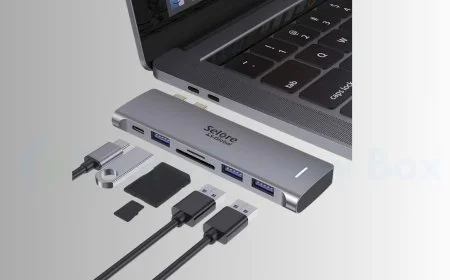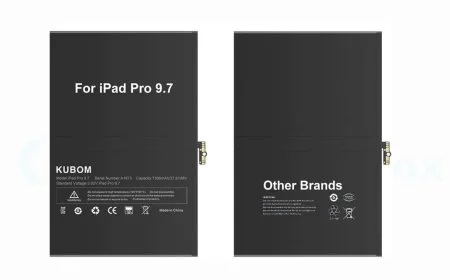Top 7 Mistakes to Avoid When Applying for a Green Card (2025 Guide)
Applying for a US green card? Avoid these 7 common mistakes in your application process. Learn about eligibility, interviews, and waiting times for 2025.
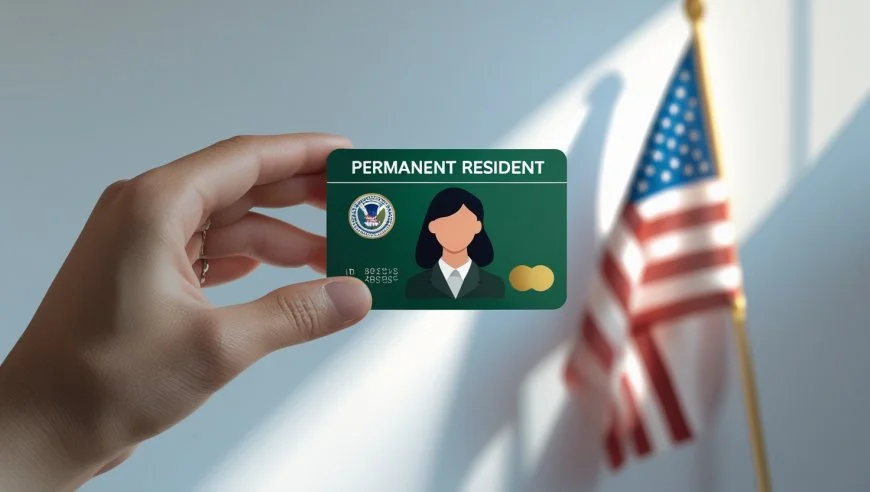
The journey to getting a US green card can feel like a marathon. It's exciting, full of hope, but also lined with potential pitfalls. Making a simple mistake on your application can lead to long delays, denials, and a lot of heartache. But what if you could sidestep those common errors? Let's walk through the seven biggest mistakes people make so you can navigate the green card process with more confidence.
Why Your Green Card Application Demands Perfection
The US government receives millions of applications. Yours is one of many. U.S. Citizenship and Immigration Services (USCIS) officers review each one with a fine-tooth comb. A small error isn't just a typo; it can be a red flag that questions your credibility or eligibility. Think of it like this: your application packet is your first and most important introduction to US immigration authorities. You want to make a great impression.
Avoiding these mistakes isn't just about getting an approval; it's about making the entire green card process smoother and less stressful. Let's get started.
Quick Answer: What are the top mistakes on a green card application?
The most common mistakes when applying for a green card include submitting incorrect or incomplete forms, failing to provide sufficient evidence, misrepresenting information, missing deadlines, not preparing for the interview, misunderstanding eligibility requirements, and choosing the wrong green card category.
Mistake #1: Submitting Incorrect or Incomplete Forms
This sounds basic, but it's the number one reason for application rejections or Requests for Evidence (RFEs), which can delay your case by months. The US immigration system uses a vast library of forms, and they are updated frequently.
How to Avoid This Mistake:
- Always Check the USCIS Website: Before you even start filling out a form, go directly to the official USCIS website. Download the latest version of every form you need. Don't use a version you downloaded six months ago or one a friend gave you.
- Read the Instructions (Seriously): Each form, like the I-485 (Application to Register Permanent Residence or Adjust Status), comes with a detailed instruction booklet. It tells you exactly how to fill out each section, what documents are needed, and where to send the final package.
- Fill Out Everything: Don't leave fields blank unless the instructions specifically say you can. If a question doesn't apply to you, write "N/A" or "None." A blank space can look like an oversight.
Mistake #2: Not Providing Sufficient Evidence
USCIS operates on a "prove it" basis. You can't just say you're married; you have to prove it with a mountain of evidence. The same goes for employment-based petitions or any other category. The burden of proof is always on you, the applicant.
A Quick Story: The Case of Maria and David
Maria (a US citizen) and David (from Spain) were deeply in love and got married. They filed their green card application with a marriage certificate, a few photos, and a joint bank account statement. A few months later, they received a dreaded RFE. USCIS wasn't convinced their marriage was bona fide. They had to scramble to gather more evidence: affidavits from friends and family, copies of text messages, travel itineraries from trips they took together, and proof of shared bills. The RFE delayed their case by nearly eight months and caused immense stress. They eventually got approved, but they learned a valuable lesson: over-prepare your evidence.
Building a Strong Case:
- For Marriage-Based Green Cards: Go beyond the certificate. Include photos from your entire relationship (not just the wedding), joint leases or mortgages, joint bank accounts, joint credit cards, shared insurance policies, and sworn statements from people who know you as a couple.
- For Employment-Based Green Cards: Your employer needs to provide detailed evidence of your qualifications, the company's ability to pay your salary, and proof that no qualified US workers were available for the position (if required).
Mistake #3: Lying or Misrepresenting Information
This is the cardinal sin of US immigration. It might be tempting to hide a minor past issue or slightly embellish your qualifications. Don't do it. Immigration officers have extensive tools to verify information. A lie, even a small one, can lead to a finding of fraud or misrepresentation, which carries a lifetime ban from entering the United States.
The Truth Shall Set You Free (and Get You Approved)
Always be honest. If you have a past criminal conviction, a previous visa overstay, or any other issue, it's far better to disclose it and explain the circumstances. Often, a waiver is available for certain issues. Hiding it will almost certainly result in a denial and more severe long-term consequences. When in doubt, consult with an experienced immigration attorney about how to handle sensitive information.
Mistake #4: Missing Deadlines
The green card process is a series of deadlines. From responding to an RFE to submitting your medical exam or attending your biometrics appointment, timing is critical. Missing a deadline can result in your application being considered abandoned and denied.
How to Stay on Track:
- Check Your Mail and Email: USCIS communicates primarily through mail. Make sure your address is always up to date with them. If you move, you must file Form AR-11, Alien's Change of Address Card, within 10 days.
- Calendar Everything: As soon as you receive a notice with a deadline, put it in your calendar with multiple reminders.
- RFE Responses: An RFE will have a specific deadline, usually 30 to 87 days. There are no extensions. Start gathering the required documents immediately.
Mistake #5: Being Unprepared for the Green Card Interview
The green card interview is the final step for many applicants. It's your chance to confirm the information in your application and for the officer to assess your credibility. Walking in unprepared can be disastrous.
Preparing for Your Big Day:
- Review Your Entire Application: Know every detail of what you submitted. The officer will have your file in front of them and will ask questions based on it.
- Practice Potential Questions: If it's a marriage-based interview, the officer will ask personal questions to verify your relationship is real. (e.g., "How did you meet?", "What side of the bed does your spouse sleep on?", "What did you do for your last anniversary?").
- Organize Your Documents: Bring original copies of all the documents you submitted with your application (birth certificates, passports, marriage certificate, etc.), plus any updated evidence.
Mistake #6: Not Understanding Green Card Eligibility
Not everyone qualifies for a green card. You must fit into a specific eligibility category. The main paths to a permanent resident card are through family, employment, asylum/refugee status, or the diversity visa lottery.
The Main Green Card USA Categories:
- Family-Based: Being an immediate relative (spouse, unmarried child under 21, or parent) of a US citizen, or falling into a family preference category (e.g., sibling of a US citizen).
- Employment-Based: Having a job offer from a US employer, possessing extraordinary abilities, or making a significant investment in a US enterprise.
- Diversity Visa Lottery: Being from a country with a low rate of immigration to the US.
Applying under the wrong category is an automatic denial and a waste of hefty government filing fees. Before you start, carefully research the specific requirements for the category you believe you qualify for.
Mistake #7: Relying on Bad Advice
Your neighbor, your cousin, or a forum on the internet might have good intentions, but their advice can be outdated or just plain wrong. Immigration laws are complex and change frequently. What worked for someone five years ago may not work today.
Who to Trust:
- Official Sources: The USCIS website is the ultimate source of truth for forms, fees, and procedures.
- Experienced Immigration Attorneys: For complex cases or if you're simply unsure about the process, consulting with a reputable immigration lawyer is a wise investment. They can help you avoid all the mistakes listed here.
- Notaries or "Notarios": Be very wary of "notarios" or immigration consultants who are not licensed attorneys. In many countries, a "notario" is a powerful legal professional, but in the US, a notary public is simply authorized to witness signatures. They are not qualified to give legal advice.
Myths and Misconceptions About the Green Card Process
Myth: Getting married to a US citizen is an automatic green card.
Reality: Marriage is a path, but it's not automatic. You must prove the marriage is bona fide and not just for immigration benefits. The US citizen spouse must also meet certain income requirements to sponsor you.
Myth: You can't apply for a green card if you entered the US illegally.
Reality: This is complicated, but not always true. Certain individuals who entered without inspection may be able to adjust their status if they are immediate relatives of a US citizen and meet other criteria, though they may need a waiver for their unlawful presence.
Myth: A minor criminal record won't affect my application.
Reality: Almost any criminal record can complicate your application. Certain crimes, known as "crimes involving moral turpitude," can make you inadmissible. Always disclose and discuss any criminal history with an attorney.
Understanding Green Card Waiting Times in 2025
Patience is key. The green card waiting time depends entirely on your category and country of birth. Immediate relatives of US citizens have the fastest path as there are no annual visa limits. For preference categories, you must wait for your "priority date" to become current in the Visa Bulletin, which is published monthly by the Department of State.
| Green Card Category | Estimated Waiting Time |
|---|---|
| Immediate Relative of US Citizen (in the US) | 10 - 18 months |
| Family Preference Category (e.g., F1 - Unmarried Adult Child of USC) | 7 - 10+ years (can be longer for certain countries) |
| Employment-Based (e.g., EB-2, EB-3 for most countries) | 1.5 - 3 years |
| Employment-Based (e.g., EB-2, EB-3 for India/China) | 5 - 15+ years (due to per-country backlogs) |
Note: These are estimates. Always check the official USCIS processing times and the monthly Visa Bulletin for the most current information.
Your Path to Permanent Residence
The road to securing a permanent resident card is detailed and demanding, but it is absolutely achievable. By understanding these seven common mistakes, you're already ahead of the curve. Your green card represents a future filled with opportunity, stability, and the chance to fully participate in American life.
Treat your application with the seriousness it deserves. Double-check your forms, be generous with your evidence, remain truthful, and stay on top of every deadline. Doing so will not only increase your chances of success but will also give you peace of mind throughout the US immigration process. Your American dream is worth the effort.
Conclusion: Boost Your Approval Odds
Applying for a Green Card in 2025 doesn’t have to be a nightmare. Avoid these 7 critical mistakes, stay organized, and seek help when needed.
Key Takeaways:
✅ Verify eligibility before applying.
✅ Double-check all forms and deadlines.
✅ Prepare thoroughly for your interview.
✅ Stay updated on policy changes.
Your American dream is within reach—don’t let avoidable errors stand in your way. Start your Green Card journey today!
What's Your Reaction?








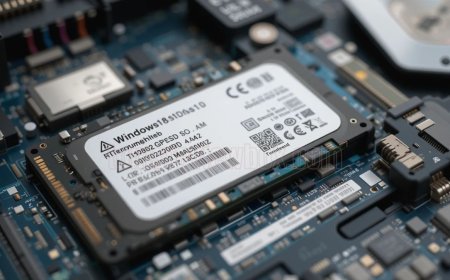

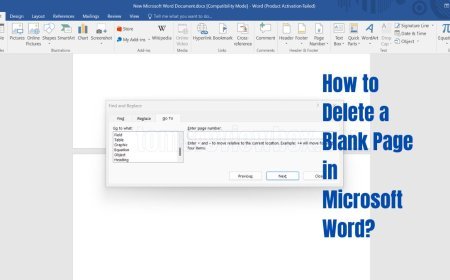










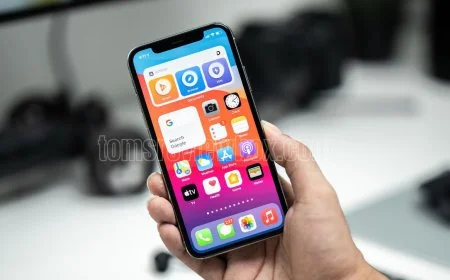

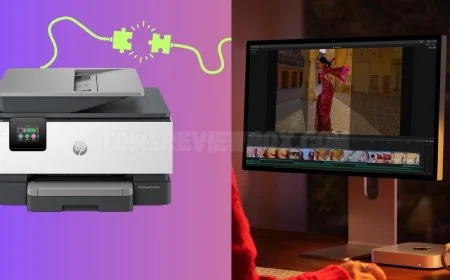
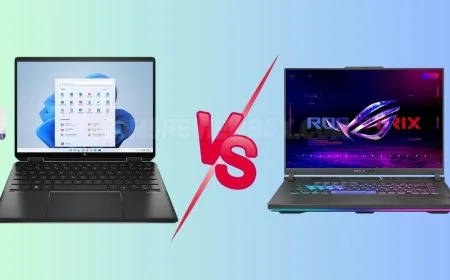














![MacBook Pro M5: All the features and specs you need to know [LEAKS REVEALED]](https://tomsreviewbox.com/uploads/images/202502/image_430x256_67bd6d7cd7562.jpg)
